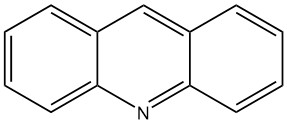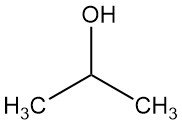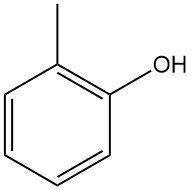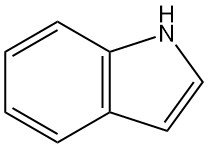
Acridine is an organic compound, a nitrogen heterocycle, with the molecular formula C13H9N. It was first discovered in 1870 by C. Graebe and H. Caro in coal-tar anthracene oil and was later identified as dibenzopyridine by C. Riedel, A. Bernthsen, and F. Bender in 1883.
Table of Contents
1. Physical Properties of Acridine
Acridine has a molar mass of 179.22 g/mol, a melting point of 110°C, and a boiling point of 345°C (at standard atmospheric pressure).
At 20°C, its density is 1.1005 g/cm3. It exists as colorless needle-shaped or prism-shaped crystals and can evaporate when exposed to steam.
Acridine is slightly soluble in boiling water but readily dissolves in various organic solvents like alcohol, ether, carbon disulfide, and benzene. Its solutions exhibit a blue fluorescence.
2. Chemical Reactions of Acridine
Acridine acts as a weak tertiary base. It forms yellow crystalline salts when reacted with strong acids, which readily decompose in boiling water.
Acridine remains stable when heated with concentrated alkali or hydrochloric acid.
Nitration using nitric acid primarily produces 2- and 4-nitroacridine, with small quantities of dinitroacridines.
Reduction of acridine results in the formation of acridane (9,10-dihydroacridine) as the preferred product.
Depending on the oxidizing agent used, oxidation of acridine leads to the formation of either acridinic acid (quinoline-2,3-dicarboxylic acid) or acridone.
Acridine can also form quaternary acridinium salts when reacted with alkyl or aryl halides and sulfates.
3. Production of Acridine
Acridine can be isolated from coal-tar anthracene oil, which boils between 300 and 360°C, by extracting it with dilute sulfuric acid or aqueous sodium bisulfite. Sodium acridone sulfonate is formed as a salt, which can then be decomposed using caustic soda to obtain the free base of acridine.
Alternatively, acridine can be synthesized by reducing acridone or 9-chloroacridine.

Acridone, appearing as pale yellow needles, with a melting point of 354°C, is obtained through the cyclization of diphenylamine-2-carboxylic acid (phenylanthranilic acid). The latter is synthesized from aniline and 2-chlorobenzoic acid.
9-Chloroacridine, nearly colorless crystals with a melting point of 120°C, can be produced by reacting phosphoryl chloride with diphenylamine-2-carboxylic acid.
4. Applications of Acridine
Although acridine itself lacks significant commercial importance, patent literature suggests various applications for it.
It has been proposed as an antioxidant, a polymerization and corrosion inhibitor, an additive to peroxidic vulcanizing agents for ethylene-propylene rubber, and a thermal stabilizer for polyolefins.
Acridine is also used as a reagent for occult blood tests, incorporated into paper strips for such tests. Acridine dyes, however, are derived from different starting materials.
5. Toxicology of Acridine
Animal studies indicate that acridine exhibits slight toxicity, with an LD50 value of approximately 2000 mg/kg (oral administration in rats).
Industrial observations demonstrate that exposure to acridine dust or vapor can cause strong irritations to the skin and mucous membranes, resulting in symptoms such as sneezing, itching, and potentially skin inflammation.
Certain acridine derivatives have been found to cause skin sensitization, particularly when exposed to light. Specific exposure limits at the workplace (MAK, TLV) have not been specified, and there is currently no information available on resorptive intoxication caused by acridine.
Reference
- Acridine; Ullmann’s Encyclopedia of Industrial Chemistry. – https://onlinelibrary.wiley.com/doi/10.1002/14356007.a01_147
FAQ
Acridine is an organic compound with the molecular formula C13H9N. It was first discovered in coal-tar anthracene oil in 1870.
Acridine can be separated from coal-tar anthracene oil by extraction with dilute sulfuric acid or aqueous sodium bisulfite. The isolated compound is further processed to obtain the free base of acridine. Alternatively, it can be synthesized by reducing acridone or 9-chloroacridine.
Acridine itself does not have significant commercial significance. However, it is proposed as an antioxidant, polymerization and corrosion inhibitor, and additive to vulcanizing agents for rubber. It is also used as a thermal stabilizer for polyolefins and as a reagent in occult blood tests. Acridine dyes are produced from other starting materials.
Acridine exhibits slight toxicity. Animal studies have shown that the LD50 value (oral administration in rats) is approximately 2000 mg/kg. Exposure to acridine dust or vapor can cause irritations of the skin and mucous membranes, including sneezing, itching, and potentially skin inflammation.




